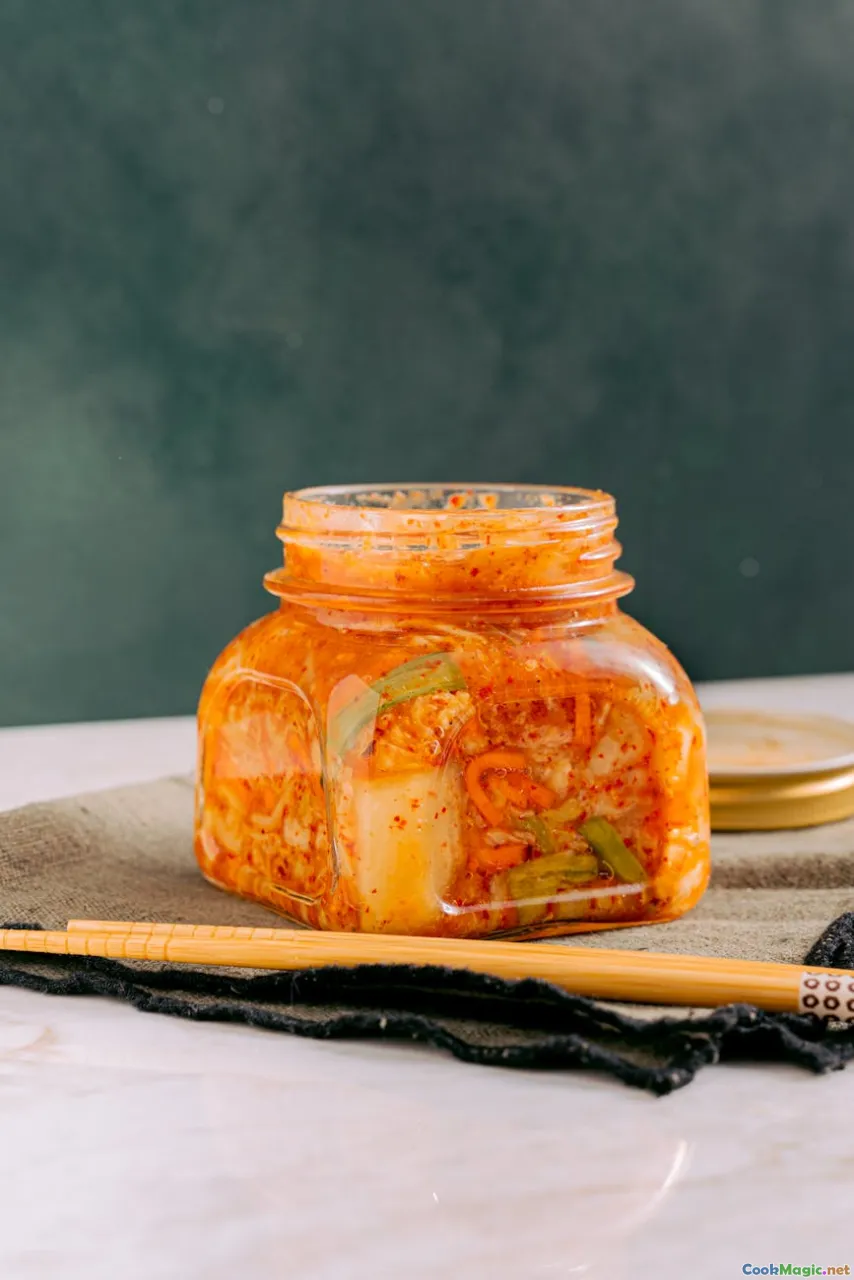Kimchi Pairings for Every Meal
8 min read Discover the art of pairing kimchi with every meal, from breakfast to dinner, and explore how this iconic Korean side transforms your dining experience. April 23, 2025 04:55
Kimchi Pairings for Every Meal
Imagine a plate that embodies centuries of tradition, vibrant flavors, and a symphony of textures—kimchi. This fermented wonder from Korea is more than just a side dish; it’s a culinary chameleon. Its tangy, spicy, umami-rich profile can elevate any meal, turning the ordinary into something extraordinary. If you’ve ever wondered how to incorporate this iconic staple into your daily dining, you’re in for a flavorful journey.
The Cultural and Historical Significance of Kimchi
Kimchi is deeply woven into the fabric of Korean identity. With origins dating back over two thousand years, it was once a preservation method for winter months, utilizing fermentation to store vegetables long-term. Over time, kimchi evolved beyond mere preservation into a symbol of health, community, and resilience.
Today, kimchi is celebrated worldwide, appreciated not only for its complex flavors but also for its probiotics, which promote gut health. Its vibrant red hue, often flecked with bits of green scallions or white radish, is a visual feast that hints at the layers of flavors waiting inside.
The Sensory Experience of Kimchi
What makes kimchi truly remarkable is its sensory profile. The first encounter is often its pungent aroma—sharp, slightly sour, with a hint of garlic and fermented funk. When you take a bite, the texture varies from crisp to tender, depending on the type, with a flavor that’s simultaneously spicy, sour, salty, and umami.
The fermentation process creates a complexity that evolves over time, making kimchi a living, breathing ingredient. The longer it ferments, the deeper its flavor becomes, revealing subtle notes of sweetness, earthiness, and depth.
Why Pair Kimchi with Every Meal?
Kimchi’s versatility makes it suitable for breakfast, lunch, dinner, and even snacks. Its ability to complement a wide range of ingredients and cuisines underscores its universal appeal. Whether you’re craving a comforting bowl of rice porridge or a hearty stew, kimchi can be your flavor enhancer.
Morning Moments: Kimchi and Breakfast
Starting your day with kimchi might seem unconventional, but it’s a tradition in Korea, where a bowl of kimchi-jjigae (kimchi stew) or a side of kimchi with steamed rice and a fried egg can be both invigorating and satisfying.
Personal insight: I remember my first morning in Seoul, waking up to the aroma of sizzling kimchi and garlic. The tangy crunch paired with a soft, runny yolk was a revelation—an energetic start that fueled my explorations.
Lunch Delights: Kimchi as a Main Player
For lunch, kimchi can shine as the star or a perfect complement. Kimchi fried rice (kimchi bokkeum) is a beloved comfort food—spicy, tangy, and topped with a fried egg. The fermented cabbage adds depth to simple rice, transforming it into a flavorful, satisfying dish.
Anecdote: I once dined in a cozy Seoul eatery where the owner insisted I try his homemade kimchi alongside a steaming bowl of sundubu jjigae (soft tofu stew). The interplay of heat, spice, and the acidic punch of kimchi created a harmony that lingered long after the meal.
Dinner: Elevating Hearty and Elegant Dishes
In the evening, kimchi’s role expands. It pairs beautifully with grilled meats—think Korean BBQ—its acidity balancing the richness of beef or pork. For vegetarians, kimchi complements dishes like stir-fried greens or tofu.
Culinary tip: Incorporate kimchi into stews, pancakes, or even pasta for an unexpected twist. The fermentation adds a layer of complexity that elevates simple ingredients.
Creative Pairings and Recipes
1. Kimchi Pancakes (Kimchi Jeon)
A crispy, savory pancake that captures the tang and spice of kimchi. Mix chopped kimchi into a batter of flour, water, and eggs, then pan-fry until golden. Serve with a soy-vinegar dipping sauce.
2. Kimchi Fried Rice
Sauté chopped kimchi with rice, garlic, and a splash of kimchi brine for extra flavor. Top with a fried egg and a drizzle of sesame oil.
3. Kimchi and Pork Belly Wraps
Wrap slices of roasted pork belly with kimchi and fresh greens in lettuce leaves for a delightful bite.
4. Kimchi Tofu Stir-fry
Stir-fry tofu with kimchi, scallions, and sesame oil for a quick, nutritious meal.
The Art of Fermentation: Making Your Own Kimchi
While store-bought kimchi is readily available, nothing beats the satisfaction of making your own. The process involves selecting fresh Napa cabbage, Korean radish, garlic, ginger, chili flakes, fish sauce or soy sauce, and salt. The ingredients are layered and fermented at room temperature before being refrigerated.
Pro tip: Experiment with different vegetables, spices, or even add fruits like apple or pear to create unique flavors.
Final Thoughts: Embracing Kimchi’s Multidimensional Charm
Kimchi is more than a condiment; it’s a cultural artifact, a health booster, and a culinary muse. Its capacity to adapt to any meal makes it a must-have ingredient for adventurous eaters looking to deepen their flavor repertoire.
Next time you prepare a meal, consider how a spoonful of kimchi can transform your dish into a celebration of tradition and innovation. From the first crisp bite to the lingering tang, kimchi invites you to experience the vibrant soul of Korean cuisine—one meal at a time.
In essence, kimchi is not just food; it’s a story—fermented over centuries, shared across tables, and loved around the world. Embrace it in your kitchen and discover the endless possibilities it offers.









